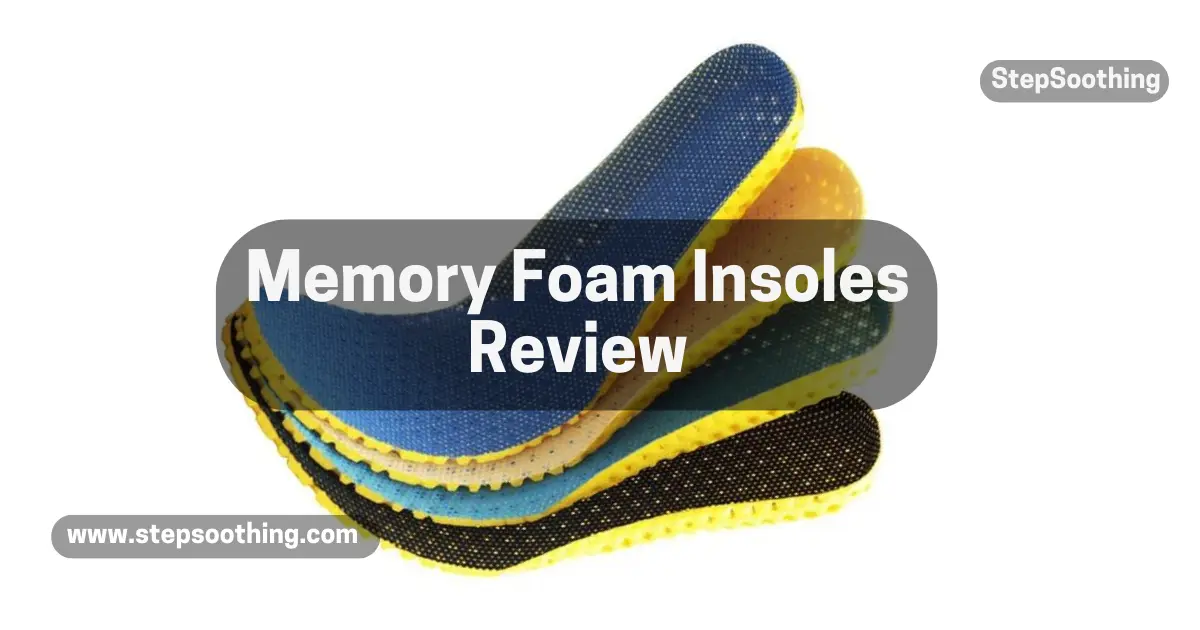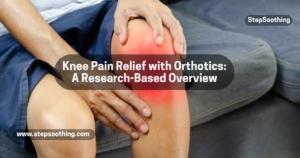Memory foam insoles, also known as orthotic inserts, are designed to provide additional cushioning, support, and shock absorption to the feet while walking or standing for extended periods. These insoles are made from viscoelastic materials that contour to the shape of the foot, offering a personalized fit that adapts to the unique arches and pressure points of each individual.
The development of memory foam technology dates back to the 1960s when NASA engineers initially created it to improve seat cushioning in spacecrafts. Over time, this innovative material found its way into various consumer products, including mattresses, pillows, and ultimately insoles, due to its exceptional comfort properties.
Foot comfort is paramount not only for individuals with existing foot conditions like plantar fasciitis or flat feet but also for anyone who values overall well-being and wants to prevent discomfort or pain associated with prolonged standing or walking.
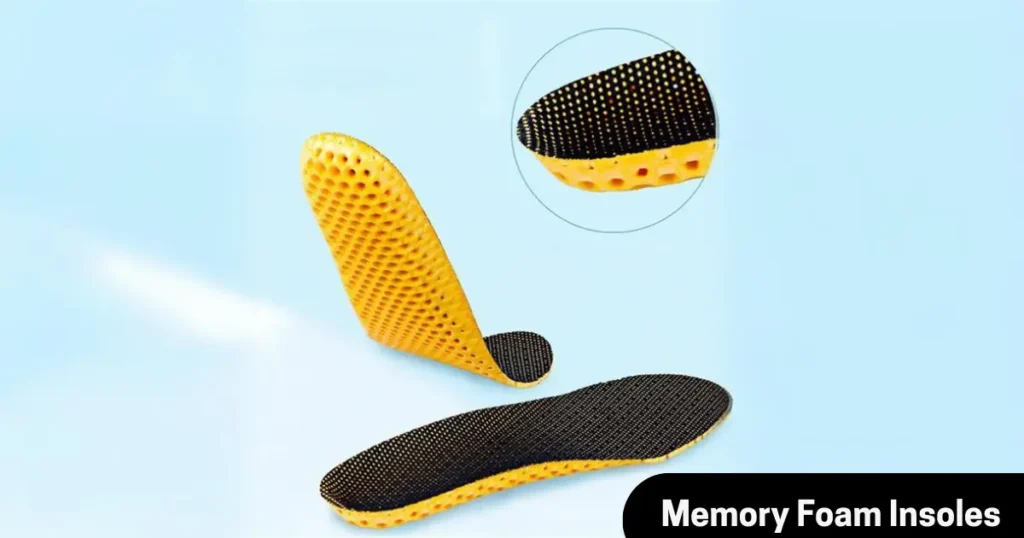
Benefits of Memory Foam Insoles
1. Enhanced Comfort and Cushioning
One of the primary advantages of memory foam insoles is their ability to provide unparalleled comfort by molding to the shape of the foot. This customized fit reduces pressure points, minimizes discomfort, and enhances overall walking or standing experience.
2. Improved Shock Absorption
Memory foam’s viscoelastic properties enable it to absorb shock effectively, reducing the impact on joints and muscles during each step. This feature is particularly beneficial for individuals who engage in high-impact activities or suffer from conditions like arthritis.
3. Pressure Relief and Pain Reduction
By evenly distributing body weight across the entire foot surface, comfort foam insoles help alleviate pressure on specific areas such as the heels or arches. This can significantly reduce pain associated with conditions like plantar fasciitis or heel spurs.
4. Customized Fit and Support
Unlike generic shoe insoles, Comfort foam inserts conform to the unique contours of each foot, providing tailored support where it’s needed most. This personalized fit promotes proper alignment, reduces strain on ligaments, and enhances overall foot function.
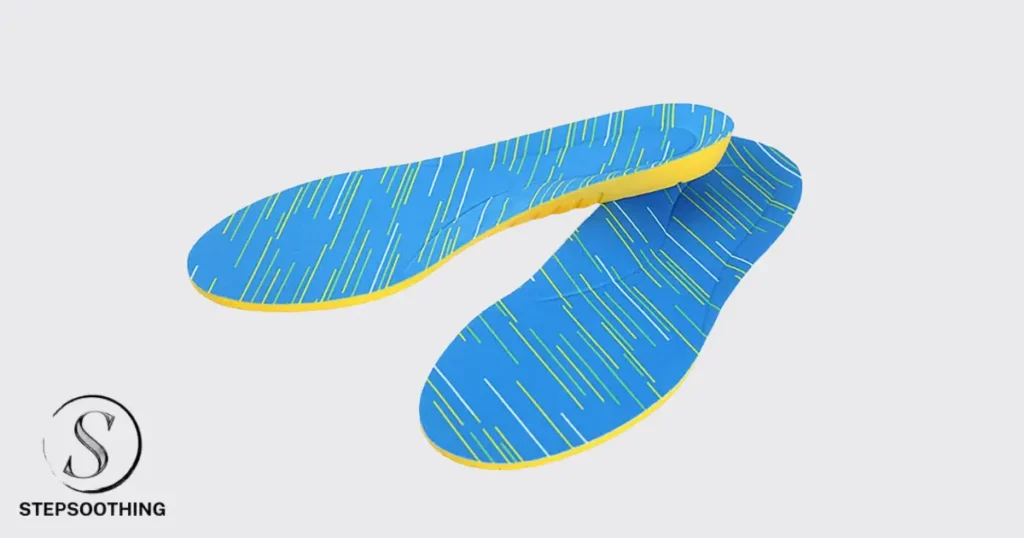
Types of Memory Foam Insoles
Memory foam insoles come in various designs to cater to different foot shapes, conditions, and footwear styles:
1. Full-Length Insoles
These cover the entire length of the shoe’s footbed, offering comprehensive cushioning and support from heel to toe.
2. Heel Cushions and Inserts
Designed specifically to target heel pain or provide additional cushioning for individuals with heel spurs or Achilles tendon issues.
3. Arch Support Insoles
Ideal for individuals with high arches or flat feet, these insoles provide targeted support to maintain proper arch alignment.
4. Specialty Insoles for Specific Foot Conditions
Some memory foam inserts are tailored for conditions like plantar fasciitis, bunions, or diabetic foot care, consequently offering specialized features to address unique needs.
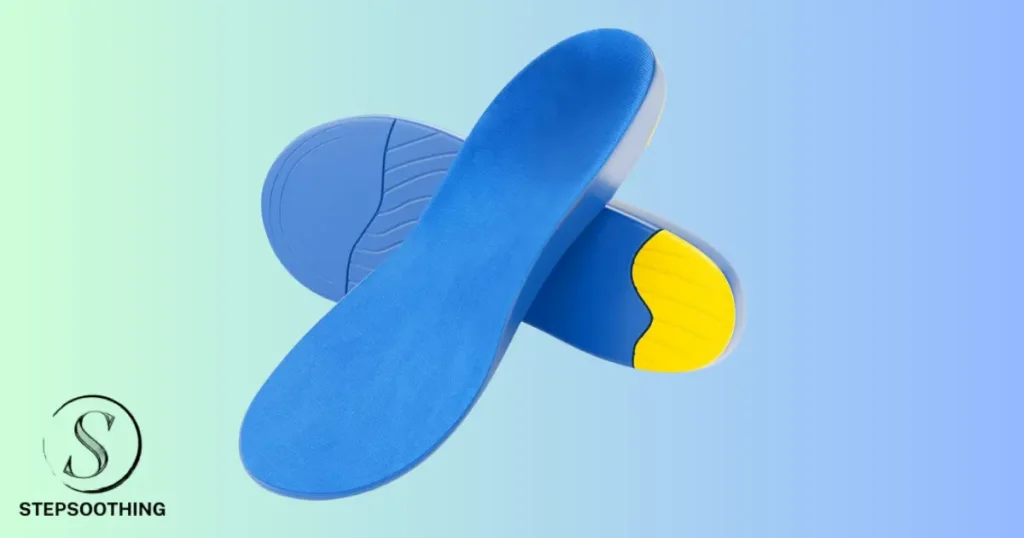
How to Choose the Right Memory Foam Insoles
Selecting the appropriate memory foam insoles involves considering several factors:
1. Foot Type and Arch Support Needs
Understanding your foot type (e.g., high arches, flat feet) will help determine the level of support required from the insole.
2. Shoe Compatibility
Ensure that the memory foam insole fits comfortably inside your shoes, thus avoiding crowding or discomfort.
3. Material Quality and Durability
Opt for high-quality memory foam that maintains its shape over time without compressing excessively.
4. Sizing and Fit Considerations
Choose insoles that match your shoe size accurately to prevent slippage or misalignment while walking.
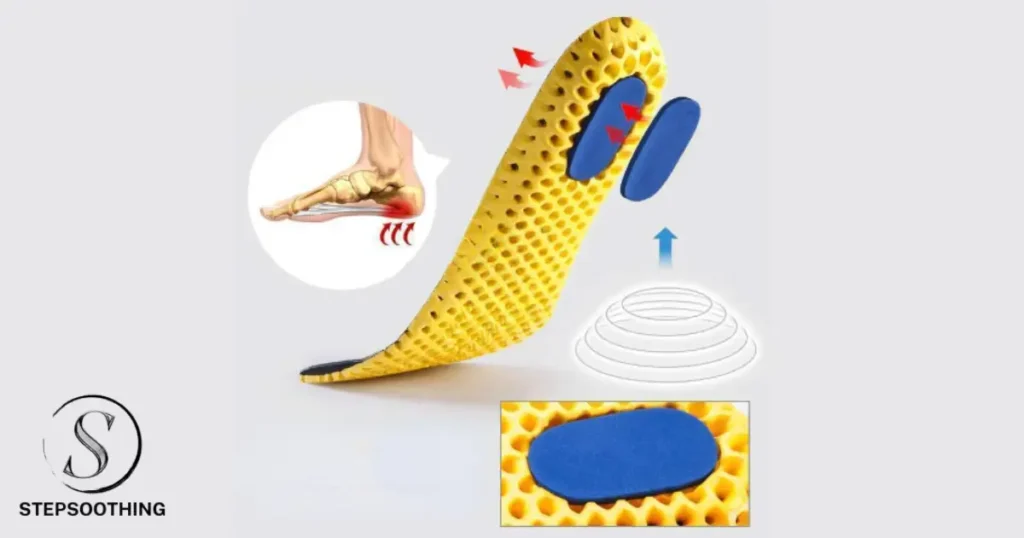
Maintenance and Care Tips for Memory Foam Insoles
To prolong the lifespan of your memory foam insoles:
1. Cleaning and Odor Control
Regularly clean your insoles with mild soap and water to remove dirt buildup and prevent unpleasant odors; however, avoid using harsh chemicals or excessive moisture, as these can damage the memory foam material.
2. Proper Storage to Maintain Shape
Store your memory foam insoles in a cool, dry place away from direct sunlight to prevent deformation or deterioration; additionally, avoid folding or bending the insoles, as this can compromise their structural integrity.
3. Replacement Guidelines
Monitor the condition of your memory foam insoles regularly and replace them when signs of wear and tear, such as flattened cushioning or reduced support, become noticeable. On average, memory foam insoles should be replaced every 6-12 months, depending on usage frequency and intensity.
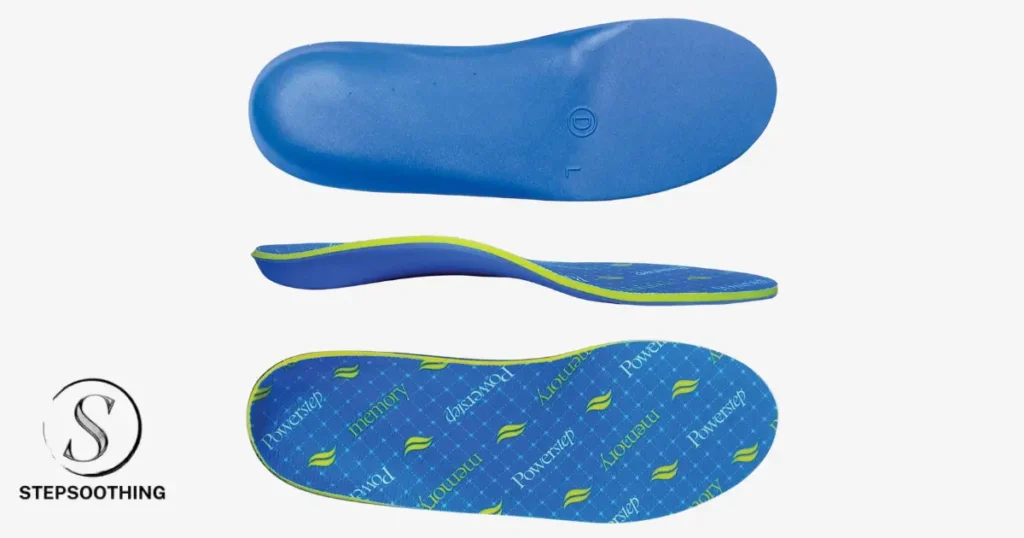
Common Misconceptions about Memory Foam Insoles
Despite their numerous benefits, memory foam insoles are sometimes subject to misconceptions:
1.All Memory Foam Insoles Are the Same
Not all memory foam insoles are created equal. Variations in material quality, thickness, and design can significantly impact comfort and support levels. It’s essential to choose reputable brands known for producing high-quality memory foam products.
2.Memory Foam Insoles Are Only for Elderly Individuals
While memory foam insoles are indeed beneficial for older adults seeking relief from foot pain or discomfort, they are suitable for individuals of all ages. Whether you’re an athlete looking to enhance performance or a professional seeking all-day comfort, memory foam insoles can cater to a wide range of needs.
3.Memory Foam Insoles Cause Overheating
Contrary to popular belief, memory foam insoles are designed with breathable materials that allow air circulation and prevent overheating. Modern advancements in memory foam technology have addressed concerns about heat retention, ensuring a comfortable and temperature-regulated experience for users.
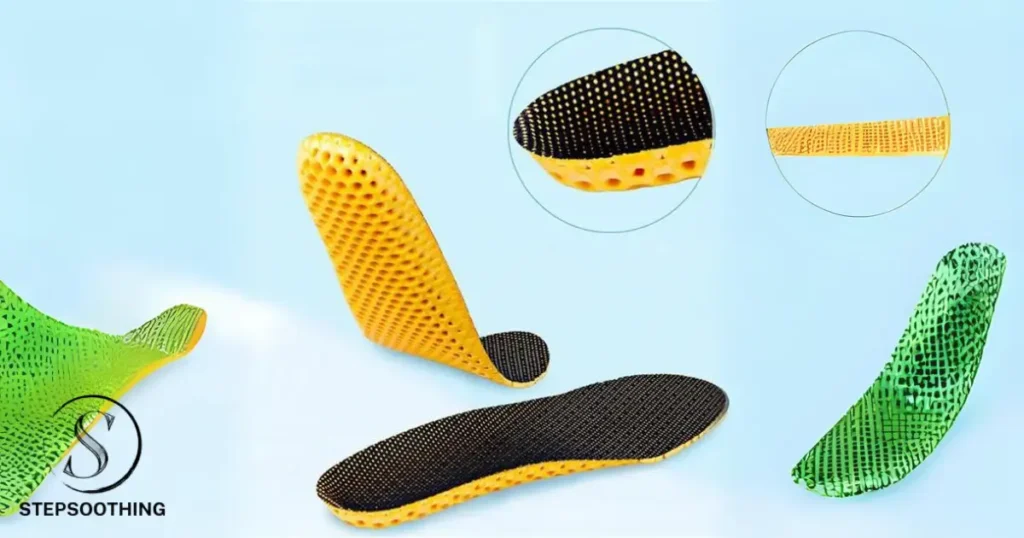
Real-Life Testimonials and Reviews
(Customer Experiences with Memory Foam Insoles)
Memory foam insoles have garnered positive reviews and testimonials from users who have experienced significant benefits from using them. Here are some testimonials and reviews from various sources:
1.Steve, a user of Cadence Insoles, expressed how the insoles helped him walk and hike without pain, providing perfect support and comfort. (Source)
2.Tom S. shared his satisfaction with the Cadence Insoles, mentioning the remarkable difference they made in his well-worn shoes that he had abandoned due to foot pain. (Source)
Additionally, testimonials from Heel That Pain’s customers also reflect positive experiences with heel inserts:
1.Users praised Heel That Pain’s gel heel seats for their effectiveness in alleviating heel problems and providing comfort for flat feet and plantar fasciitis. (Source)
2.Customers highlighted the significant relief from heel pain experienced after using Heel That Pain inserts, enabling them to engage in sports activities without discomfort. (Source)
Furthermore, ALINE Insoles’ memory foam shoe inserts have received positive feedback for their support and alignment benefits:
Users appreciated the comfort and support provided by ALINE memory foam insoles, mentioning their effectiveness in enhancing performance during various activities. (Source)
Conclusion
In conclusion, insoles are not just a luxury but a necessity for anyone who values foot comfort and overall well-being. The innovative technology behind memory foam provides a level of support and cushioning that traditional insoles simply cannot match. Whether you suffer from foot conditions like plantar fasciitis or simply want to prevent discomfort during daily activities, insoles offer a solution that is both effective and accessible.
By considering the benefits, types, selection criteria, maintenance tips, and dispelling common misconceptions surrounding insoles, individuals can make informed decisions about incorporating these products into their footwear routine. The testimonials from satisfied customers and endorsements from experts further underscore the positive impact that insoles can have on foot health and quality of life.
Frequently Asked Questions
Q1.Do memory foam insoles work?
Yes, memory foam insoles work by conforming to the shape of your feet, providing cushioning and pressure relief. Consequently, they are known for their comfort and are often used for general foot support and relief from discomfort.
Q2.What is better memory foam or gel insoles?
Both memory foam and gel insoles have their advantages. Memory foam is better for comfort and pressure relief, while gel insoles offer better shock absorption, making them suitable for high-intensity exercise.
Q3.What does memory foam do for your feet?
Memory foam insoles mold to the shape of your feet, providing cushioning and pressure relief. They are often used for general foot support and relief from discomfort.
Q4.What insoles do doctors recommend?
Doctors may recommend different types of insoles depending on the specific needs of the individual. For example, some common recommendations include orthotic arch supports, cushioned arch supports, and semi-rigid orthotic arch supports.
Q5.Does memory foam help arch support?
Memory foam insoles do not provide much arch support. They are better suited for general comfort and pressure relief.
Q6.Do memory foam insoles help plantar fasciitis?
Memory foam insoles can help alleviate some symptoms of plantar fasciitis; however, they are not a cure. Therefore, it’s essential to consult with a healthcare professional for proper treatment.
